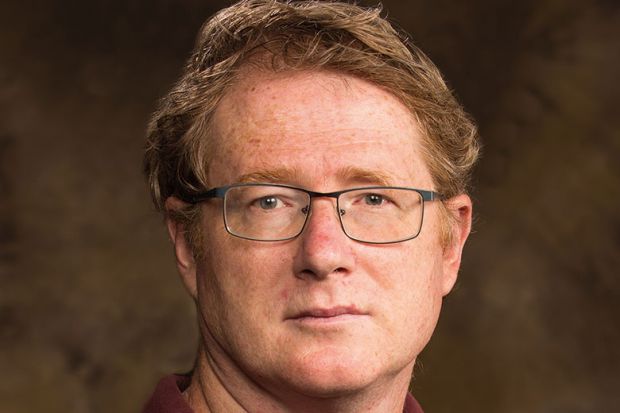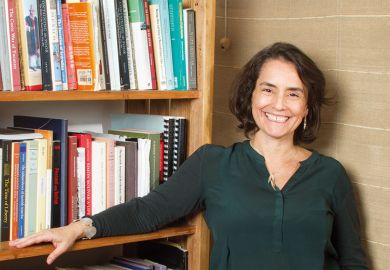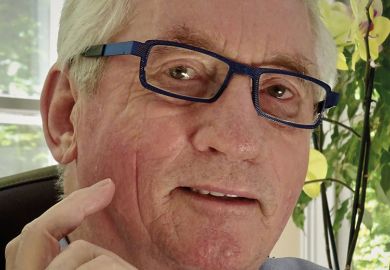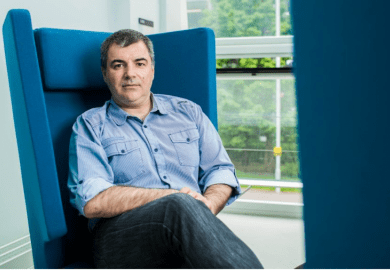What sort of books inspired you as a child?
I especially enjoyed folk tales and books with folkloric influence. I grew up in Ireland, so stories and books about Finn and the Fianna and Cúchulainn were favourites. I also devoured novels inspired by myth and folklore, including Alan Garner’s books, especially The Weirdstone of Brisingamen, Tolkien, Susan Cooper’s Dark is Rising sequence and Ursula Le Guin’s Earthsea books. I was introduced to Tolkien by my mother, who spotted The Hobbit in a bookshop and asked the bookseller if his work was suitable for children because she knew Tolkien as a professor of Anglo-Saxon literature!
Which books helped determine your decision to devote your life to physics?
My major influence in this respect was Isaac Asimov. I loved his fiction, particularly the Robot novels (The Caves of Steel and its sequels). His non-fiction had an even greater impact on me. I still have copies of his two-volume Guide to Science and his writing about physics and astronomy convinced me that I should study physics when I was quite young.
Your new book examines a turning point in Einstein’s scientific career. Which books about him would you recommend?
There are many good books about Einstein. Undoubtedly, Abraham Pais’ Subtle is the Lord: The Science and the Life of Albert Einstein is the definitive account of his work and its influence, but it is quite a technical read with lots of equations in the text. Like other older biographies, it does not benefit from the great discoveries made by Einstein scholars in recent decades, especially those working on The Collected Papers of Albert Einstein (now available online). That makes me mention a book that I contributed to myself, called An Einstein Encyclopedia. My co-authors Alice Calaprice and Robert Schulmann (the historian who discovered Einstein’s famous love letters to his first wife) are the experts to whom Einstein’s biographers go with their questions.
Which books provided useful models for creating a dramatic narrative about scientific discovery?
Alex Pang’s Empire and the Sun: Victorian Solar Eclipse Expeditions is a fascinating account of how such expeditions were mounted. Jeffrey Crelinsten’s Einstein’s Jury: The Race to Test Relativity focuses on the role of astronomers in the US in testing Einstein’s theory. Their books helped me bring my own to life by introducing me to characters I previously didn’t know much about.
What is the last book you gave as a gift, and to whom?
I just bought Elena Favilli and Francesca Cavallo’s Good Night Stories for Rebel Girls for my nine-year-old daughter and she loves it. Like me at the same age, she enjoys non-fiction, especially books with many shorter pieces. Before that, I gave Peter Frankopan’s book The New Silk Roads: The Present and Future of the World to my wife. She really loved his previous book, The Silk Roads: A New History of the World.
What books do you have on your desk waiting to be read?
My son and my wife have recommended The Last of the Wine by Mary Renault.
Daniel Kennefick is associate professor of physics at the University of Arkansas and the author, most recently, of No Shadow of a Doubt: The 1919 Eclipse That Confirmed Einstein’s Theory of Relativity (Princeton University Press).
Register to continue
Why register?
- Registration is free and only takes a moment
- Once registered, you can read 3 articles a month
- Sign up for our newsletter
Subscribe
Or subscribe for unlimited access to:
- Unlimited access to news, views, insights & reviews
- Digital editions
- Digital access to THE’s university and college rankings analysis
Already registered or a current subscriber?








